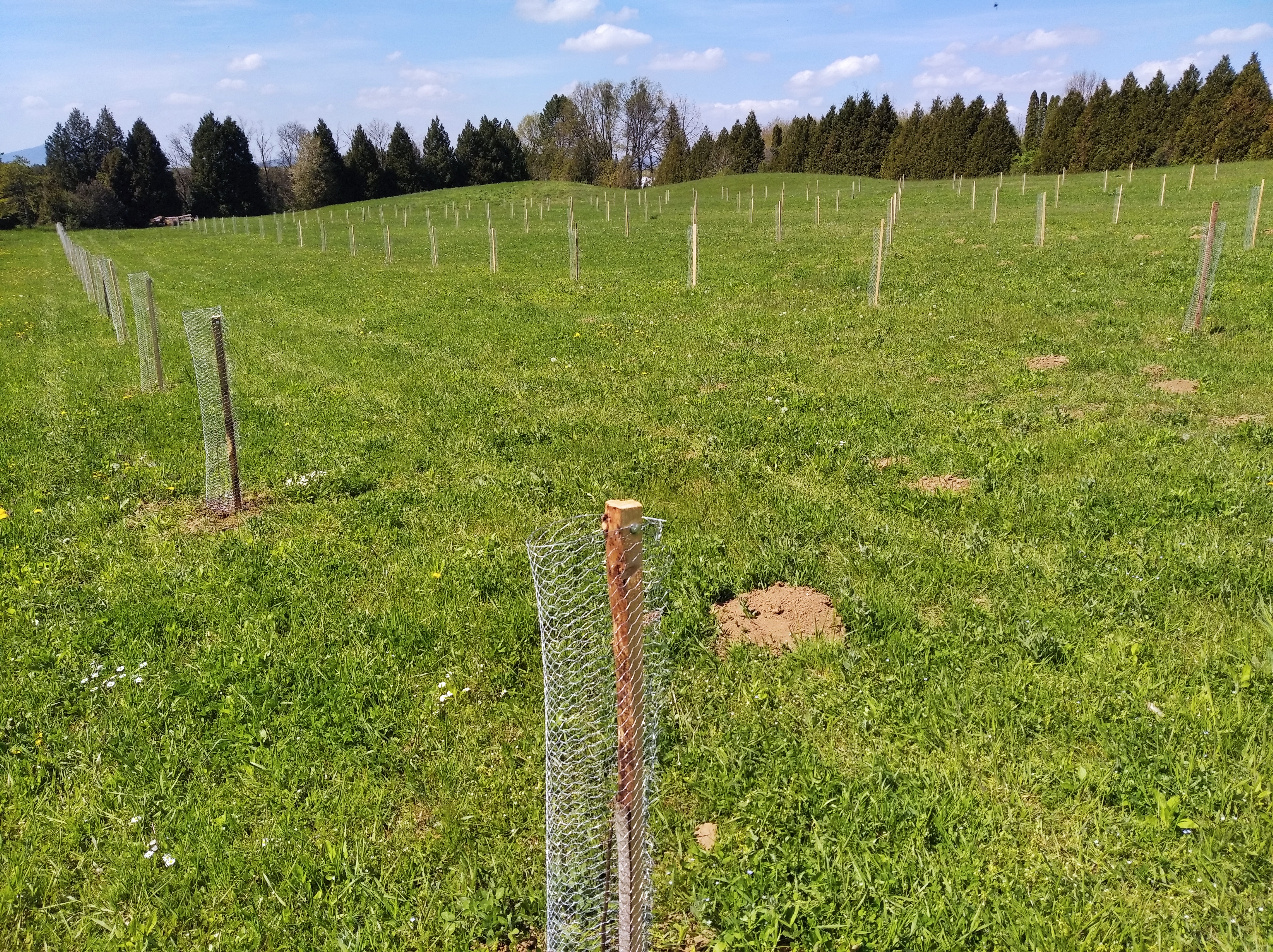24
MayCombating climate change through agroforestry system. New efforts of the Institute of Forest Ecology, Slovak Academy of Sciences
Atmospheric carbon dioxide concentration 50% higher than in the pre-industrial era, ongoing climate change with ever more drastic and costly impacts on society, as well as unflattering perspectives in this respect are reasons why scientists and environmentally sensitive public cannot sleep well for a long time. Alarming reports highlight that we are approaching the point of no return. Despite these facts, there are still countries and individuals denying relation between increase in carbon dioxide concentration and climate change, as well as human responsibility for global warming.
Forests cover as much as 48 percent of Slovakia’s land area. Perhaps therefore a general notion is accepted, that to increase assimilation of this primary greenhouse gas we cannot do more than to maintain it, since not enough free space for further increase of the forest cover appears.
In fact, all we have to do is to look at what is going on just beyond state borders, and rediscover the so-called agroforestry way. Agroforestry combines farming (crop cultivation, livestock breeding) and cultivation of tree species/forestry, thus improving plant cultivation conditions, increasing overall biomass production (and hence CO2 assimilation), improving farmland biodiversity, and also fostering economic resilience. Currently, such systems are particularly desired in the Podunajská nížina lowland and Východoslovenská nížina lowland, which are known for monoculture production of four crops – wheat, maize, rape and sunflower.
In light of the above-mentioned, scientists from the Mlyňany Arboretum of the Institute of Forest Ecology, Slovak Academy of Sciences have launched a project aimed at testing an agroforestry model – alley cropping (growing crops between the alleys of trees). This model will not only be adopted to specific Slovak conditions, but also will include an ecological approach in farming (without N-fertilisation and chemical pest control). For these purposes, black locust plantation was established on a half hectare area, no longer used for production purposes. In the second phase of the project, medicinal aromatic plants will be planted and finally, crop growing starts.
Peter Ferus, translated by Katarina Sladekova

In the first phase of the project, black locust plantation was established

